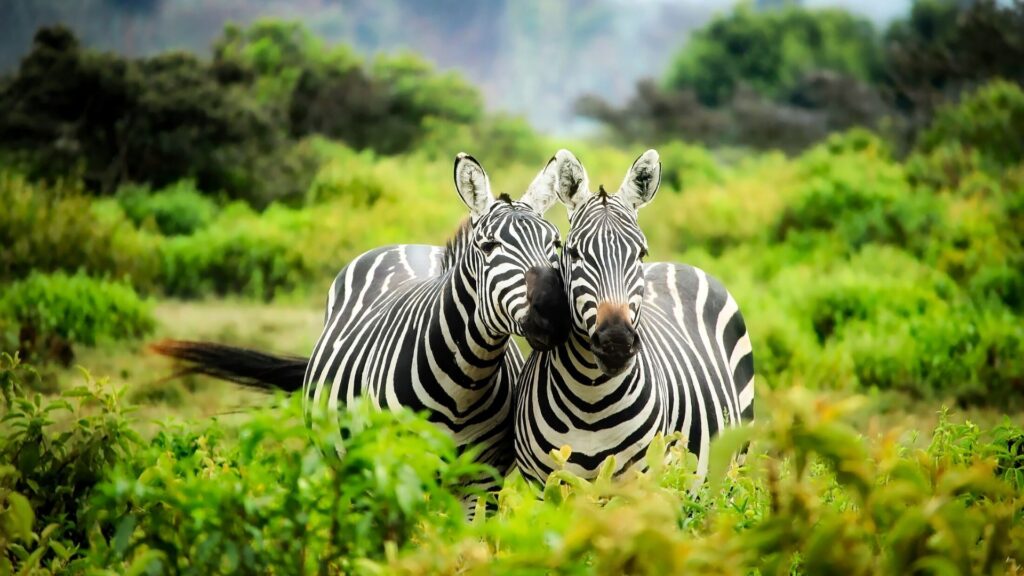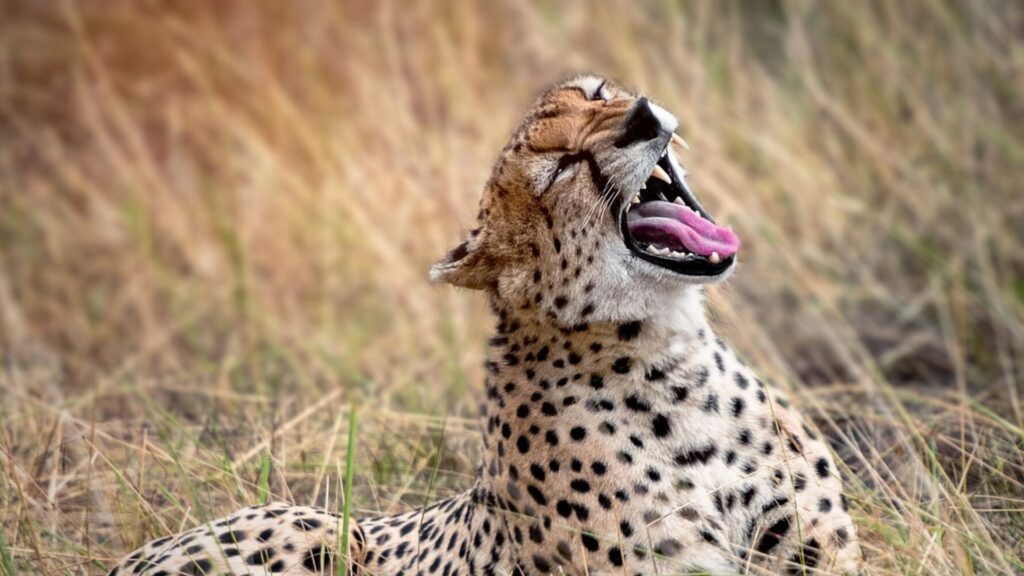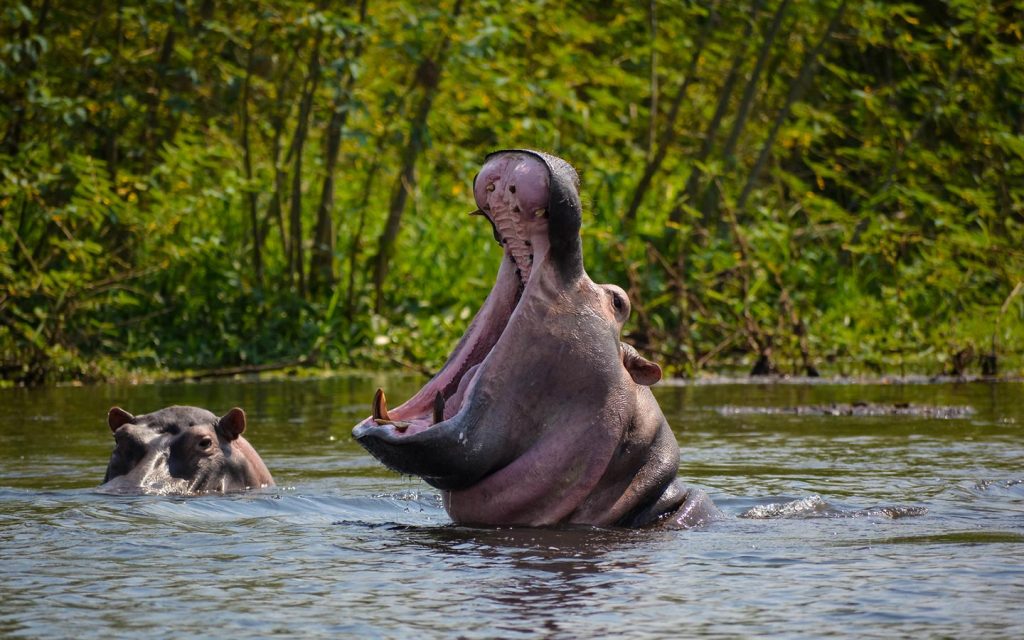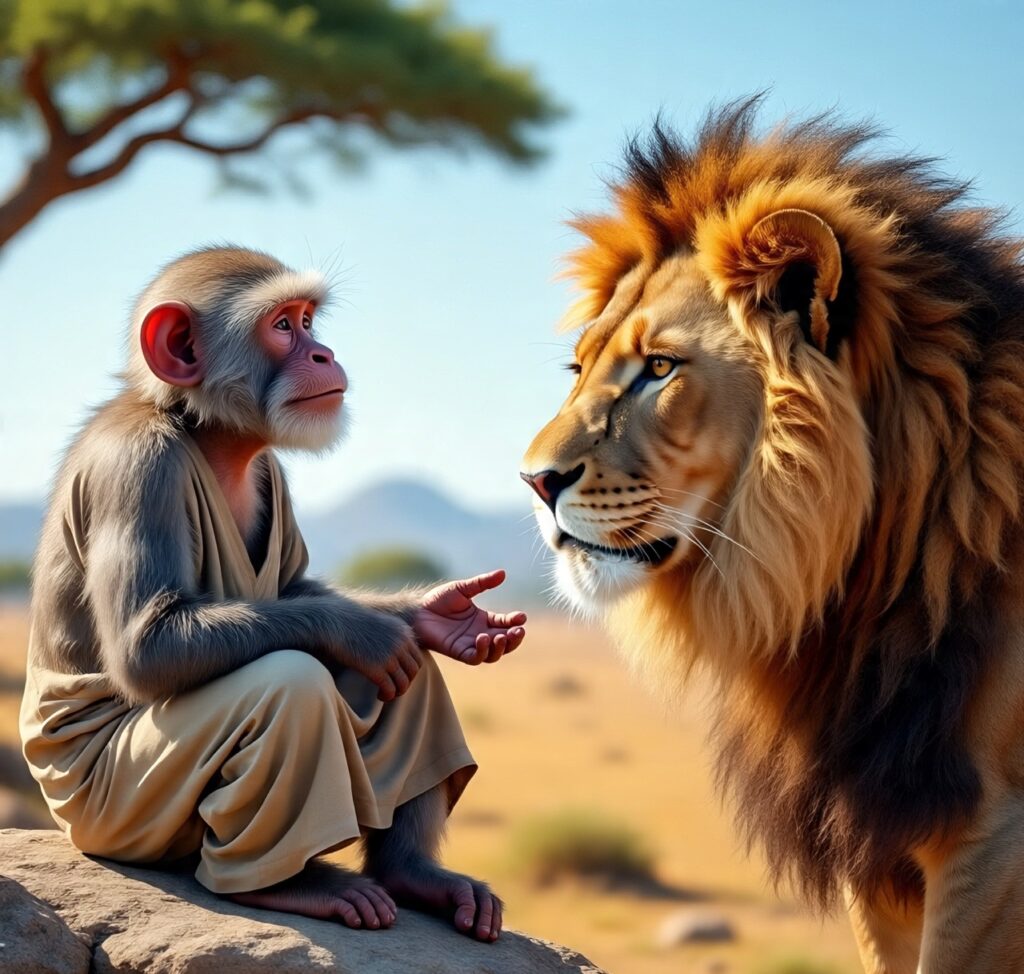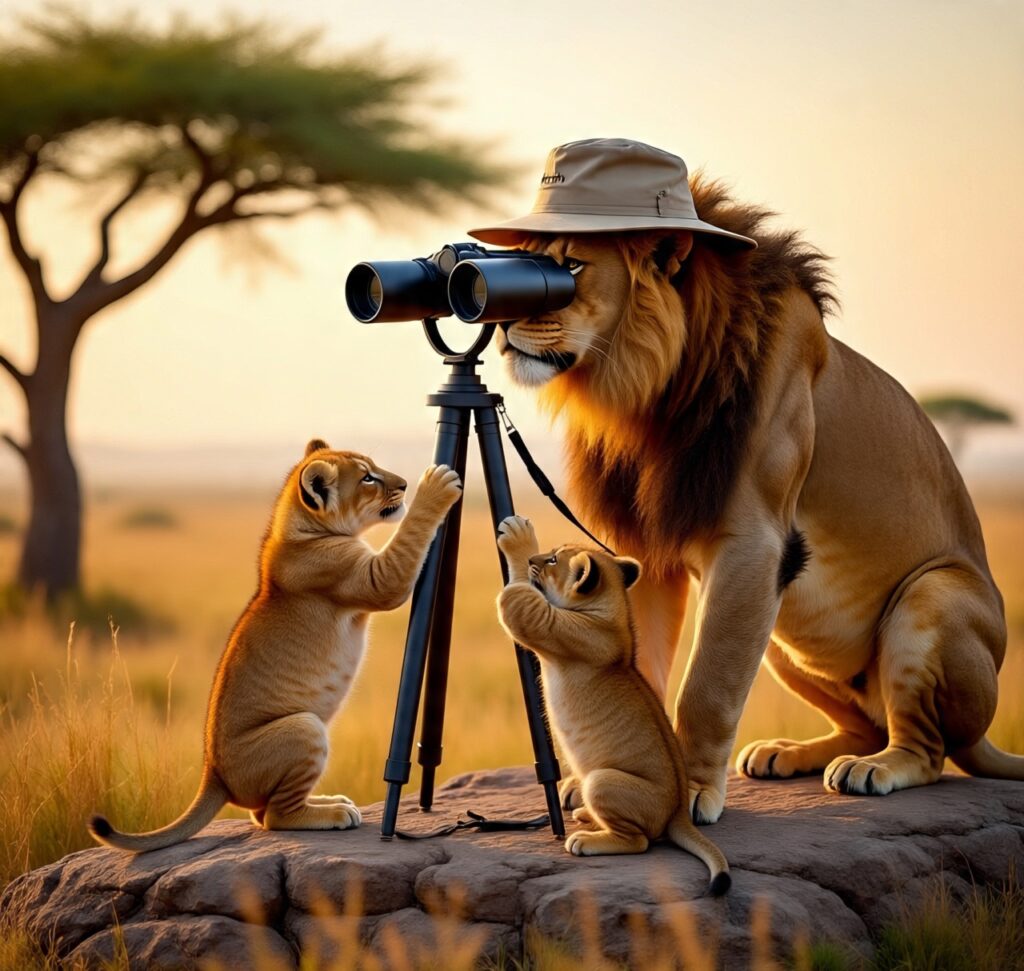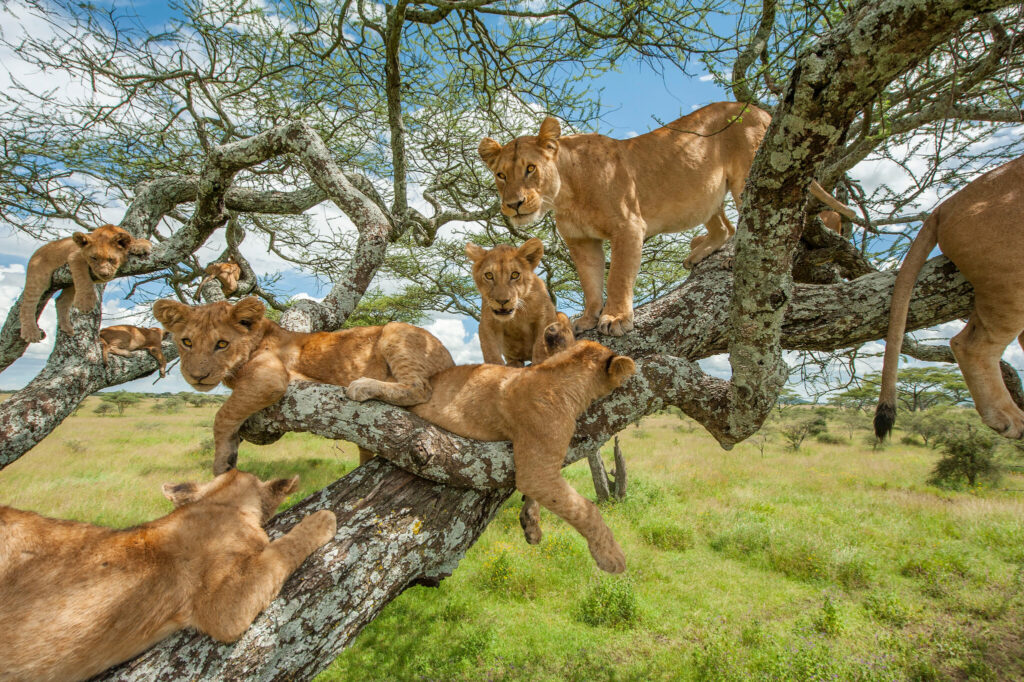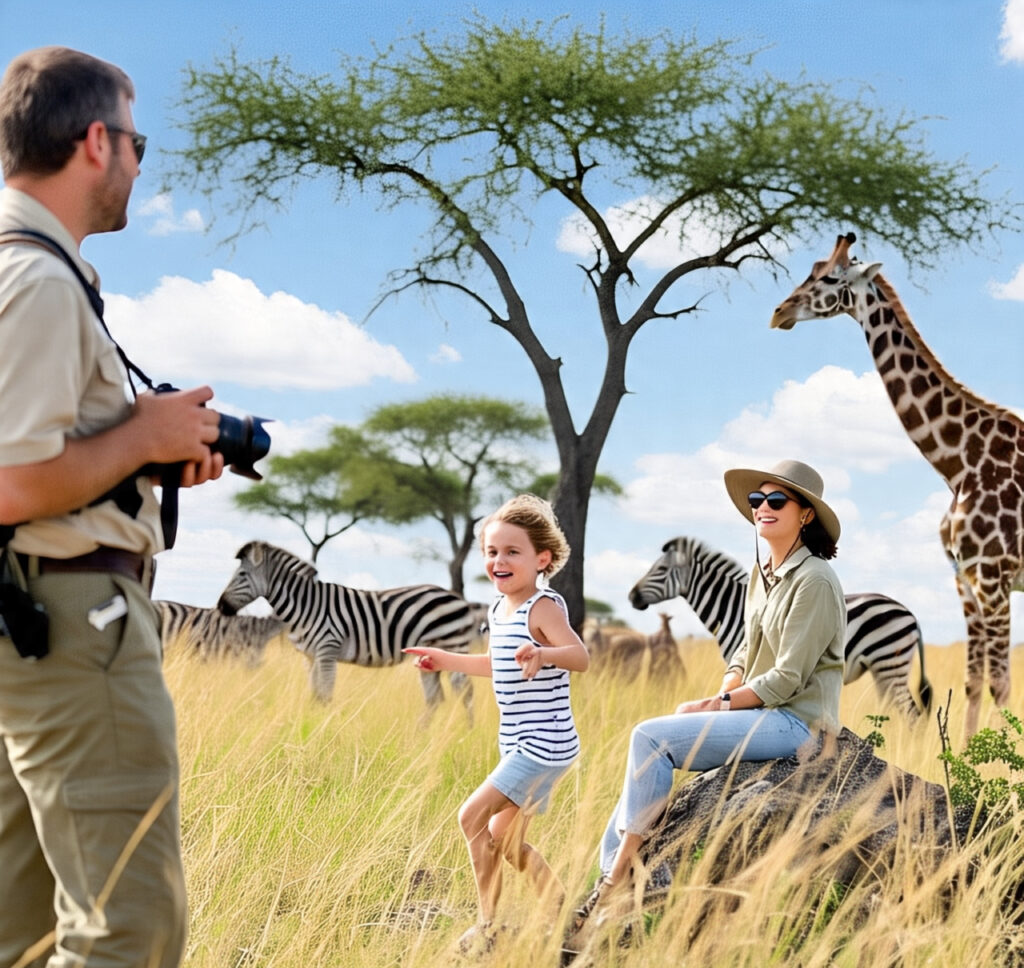UNTAMED HORSES: The Wild Zebra – Uganda’s Striped Stepper of the Savanna
UNTAMED HORSES: The Wild Zebra – Uganda’s Striped Steppers of the Savanna In the golden grasslands of Uganda’s national parks, where the horizon shimmers with heat and the air thrums with the sounds of the wild, one creature stands out like a living optical illusion—the African zebra. Often mistaken for wild horses due to their similar stature, zebras are anything but domesticated. These striped marvels are fast, fierce, and full of untamed energy, making them one of the most captivating sights on any safari in Africa. Whether galloping across the plains of Lake Mburo National Park or blending into the vast wilderness of Kidepo Valley National Park, zebras bring a unique dynamism to Uganda’s Africa wildlife scene. With their striking black-and-white coats and unpredictable behavior, they are the ultimate symbol of freedom in the wild. The Zebra: Africa’s Dazzling Speed Stepper Don’t let their graceful appearance fool you—zebras are built for speed and survival. Capable of reaching 65 km/h (40 mph), they outrun most predators, including lions and hyenas, in short, explosive bursts. Their powerful legs and agile movements make them one of the fastest animals in Africa, especially when fleeing danger. Unlike their horse cousins, zebras have never been tamed—their unpredictable kicks and fierce bites are legendary among safari guides. Watching a zebra herd stampede across the savanna, their stripes creating a mesmerizing blur, is a spectacle that defines the raw beauty of safari destinations in Uganda. Why Zebras Rule Lake Mburo & Kidepo Uganda’s Lake Mburo National Park is a zebra paradise, home to thousands of Burchell’s zebras that roam freely alongside impalas, buffalo, and elands. Here, they graze on open plains, their stripes acting as natural camouflage against predators. Meanwhile, in the remote Kidepo Valley National Park, zebras thrive in the rugged wilderness, often seen sprinting alongside ostriches—a partnership where the zebra’s keen eyesight and the ostrich’s height combine to spot danger early. Zebra Secrets: More Than Just Stripes Nature’s Barcode: No two zebras have the same stripe pattern—each is as unique as a fingerprint. Survival Superpower: Their stripes confuse predators by creating optical illusions when they run in herds. Social Butterflies: Zebras form tight-knit family groups, with stallions fiercely protecting their mares and foals. Where to Witness Zebras in Uganda Lake Mburo National Park: The best place for close-up zebra encounters, especially on walking safaris. Kidepo Valley National Park: See them galloping across vast savannas, often alongside cheetahs and wild dogs. Queen Elizabeth National Park: Spot them grazing near the Kazinga Channel, where they mingle with buffalo and elephants. Our Destinations Bwindi Impenetrable National Park Jinja- Adventure City Kibale National Park Kidepo Valley National Park Lake Mburo National Park Mgahinga Gorilla National Park Murchison Falls National Park Mt. Elgon National Park Queen Elizabeth National Park Semuliki National Park Ziwa Rhino and Wildlife Sanctuary Mt. Rwenzori National Park

